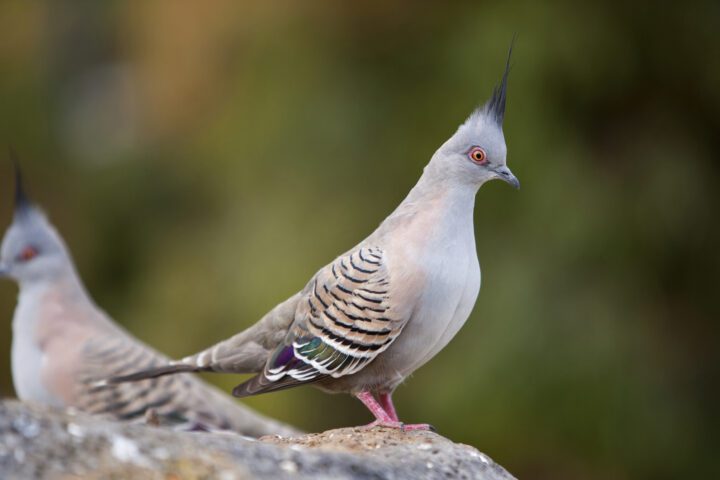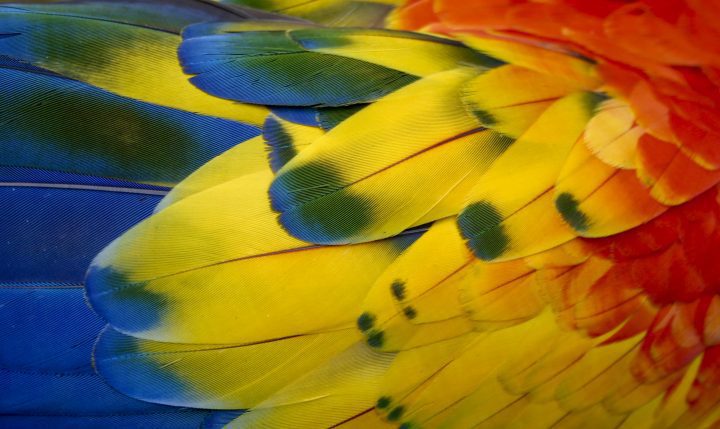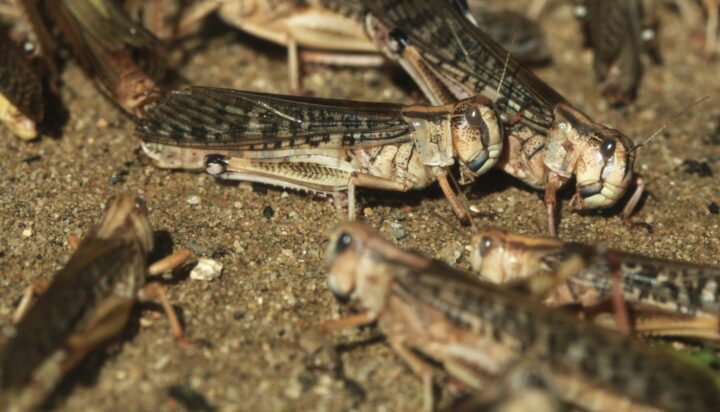Expel Liquids
There are various reasons living systems discharge liquids, such as to defend themselves, to avoid liquid buildup that can cause decay, to eliminate waste, or to dry off. Because liquids cannot be effectively moved through pushing, a different kind of force is needed to expel them. Creating that force requires energy, so living systems must have efficient strategies worth the energy investment or use an outside force (such as gravity). This typically entails strategies that build up pressure or use other forces to propel liquids away. An example of a living system that expels liquids is the scallop. This creature moves through water by clapping its shells together, generating a water jet that propels it in the opposite direction.
Protect From Animals
Animals–organisms that range from microscopic to larger than a bus–embody a wide variety of harms to living systems, including other animals. They threaten through predation, herbivory, defense, and parasitism, and they compete for resources such as water, nutrients, and space. Any given living organism commonly faces threats from a variety of animals, requiring strategies that effectively defend from each. Trout and other bony fish, for example, escape predators by having scales made of very thin, flake-like pieces of bone covered with slippery mucus. They also have behavioral strategies such as camouflage, fast swimming, and twisting and turning to achieve release from a predator’s grip.








